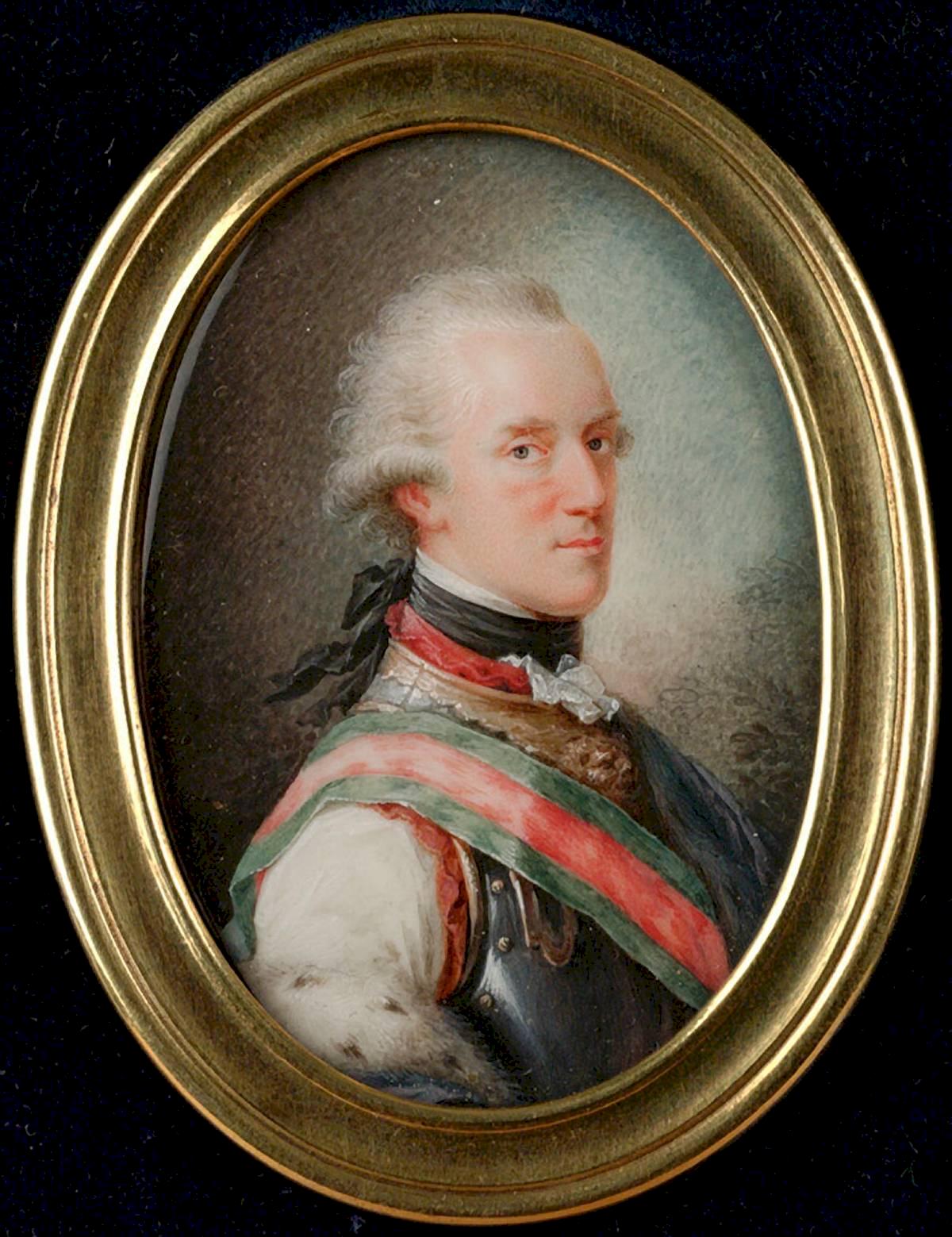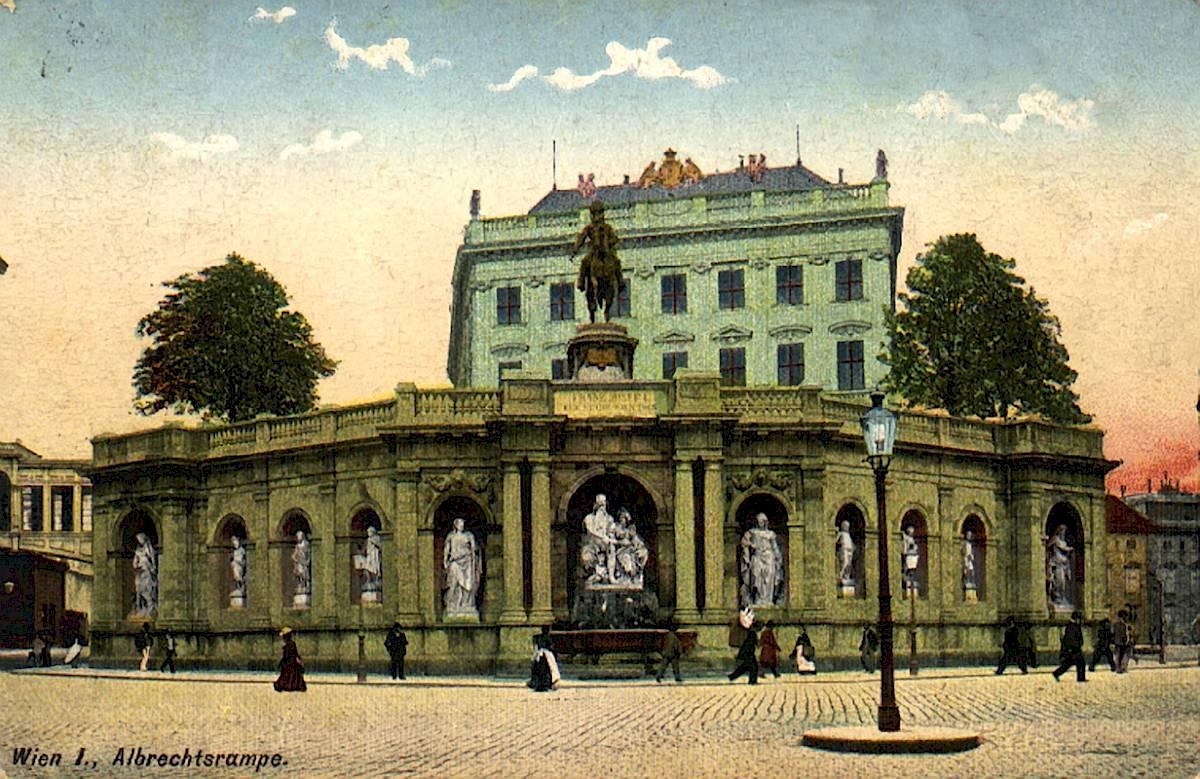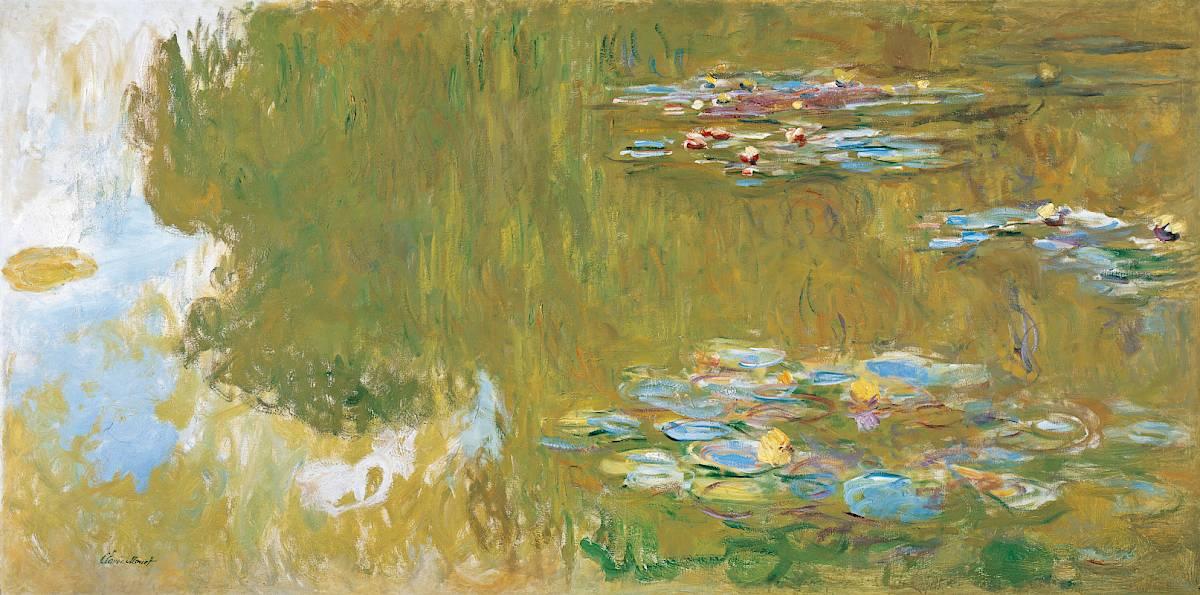History
The Graphic Art Collection of the ALBERTINA Museum offers a truly panoramic survey of art: founded in 1776 by Duke Albert of Saxe-Teschen, this collection now contains over one million drawings and prints from the late Gothic to the present.
From Michelangelo and Dürer to Rembrandt and Rubens, and from Klimt and Schiele to Picasso on to Richter and Lassnig, the ALBERTINA Museum’s collection affords a rich overview of 600 years of art history.

Duke Albert of Saxe-Teschen (1738-1822) founded the Graphic Art Collection between 1770 und 1822. Deliberately conceived on an encyclopaedic scale and with an educational orientation, it was fully in accordance with the enlightened precepts of its era.
In 1822, the year of the duke’s passing, the collection comprised some 14,000 drawings and around 200,000 sheets of graphic art prints, which, of first-rate quality and a universal composition, covered all of the important art movements from the end of the Middle Ages to the first quarter of the 19th century.
This core collection, which Duke Albert compiled as an instructive conspectus of the development of art since the late Middle Ages, continues to form the basic foundation of the ALBERTINA Museum. Unchanged in its basic structure, the holdings of the collection were continuously expanded and augmented, the editions being primarily works of what, at any time, were the contemporary art movements. That orientation has been retained until this day.

The nephew, adoptive son and universal heir to Duke Albert, Archduke Carl (1771-1847) and his son Albrecht (1817-1895) administered the collection from 1822 onwards and expanded it, above. The acquisitions effected after 1895 by their successor, Archduke Frederick (1856-1936), were, however, for the most part, lost to the collection, as they had to be ceded to him as his private property, following the takeover of the ALBERTINA Museum in 1920 into state ownership.

After World War One and following the demise of the monarchy the collection of Duke Albert and his heirs became the property of the Austrian Republic, as of April of 1919. In December of 1920 it was conjoined, by a governmental decree, with the eminent copperplate holdings of the former all with contemporary art works former imperial court library.
Thus, two historic collections of the very highest ranking formed the core of today’s ALBERTINA Museum.
The expansion of the collection between the years 1923 to 1934 under Alfred Stix (1882-1957) was particularly rich in scope. Above all, it was an increase of French and German drawings of the heretofore scantily presented 19th century that helped to round out the museum’s holdings towards completeness.
In the time interval between 1934 and the end of World War Two (1945) the focus of attention was concentrated largely on Austrian and German graphic art of the 19th and 20th century.

The expansion of the collection in the area of Austrian art remained a priority of ALBERTINA Museum directors even after 1945.
Otto Benesch (1896-1964), aside from complementary old masters’ drawings, added to the museum’s holdings by obtaining fabulous works by Egon Schiele, Gustav Klimt, Oskar Kokoschka and Alfred Kubin for the collection.
Walter Koschatzky (1921-2003) consolidated accessions, particularly among drawings and watercolors of the 19th century, as capital works by Rudolf von Alt, Peter Fendi and Thomas Ender evince. Beyond that, both Koschatzky and Benesch were anxious to have the multifarious tendencies of art after 1945 represented at the ALBERTINA Museum. This aspiration was also shared and solidified by Konrad Oberhuber (1935-2007) through an increased series of purchases of international works.
Klaus Albrecht Schröder, who has been director of the ALBERTINA Museum since 2000, concentrates his purchasing policy on acquisitions of international contemporary art and central works of the Austrian art of the 20th and 21st century. The addition of the Batliner, Forberg and Rheingold collections on permanent loan has brought about a landmark increase of international Classical Modernism and contemporary art at the ALBERTINA Museum.